Like many children of East European immigrants, Miriam Koral was “totally ashamed” that her parents spoke only Yiddish at home, but now she wants to teach the mameloshen to everyone within reach.
So she’s understandably upbeat that UCLA is adding a second year of Yiddish studies to its curriculum, reflecting a growing worldwide interest in the culture of the Yiddish world, she said.
Koral has been teaching first-year Yiddish at UCLA for eight years, but with the addition of a second year of studies, she will put more emphasis on Yiddish culture and literature.
“The grandchildren and great-grandchildren of immigrants are discovering the huge legacy of a unique civilization, with an amazing literature, music and theater,” Koral said.
The cost of the added year is being underwritten by the Lainer brothers — Luis, Mark and Nahum — “the first family of Yiddish in Los Angeles,” as described by David N. Myers, director of the UCLA Center for Jewish Studies.
While Yiddish courses and research have been part of academic life for decades, with Harvard and Oxford among the leading institutions, only a few universities offer two years of studies, and the number of students is still relatively modest.
In Koral’s first-year classes at UCLA, enrollment in the first quarter ranges from 12-14 students, declining, like other foreign language classes, to about half that size by the third quarter.
However, from a standing start, her students are able to read the works of such masters as I.L. Peretz and Sholem Aleichem in the original Yiddish by the third quarter, Koral said.
Not all her students are Jewish; there’s usually a sprinkling of Chinese and Japanese nationals in the class.
“The Asian students seem to pick up the Yiddish alphabet right away,” Koral said. “For them, it’s a piece of cake, although it is unusual to hear Yiddish spoken with a Japanese accent.”
Koral finds an ever-wider diversity in the Yiddish classes she teaches at the American Jewish University (formerly University of Judaism), with students including Latinos, African Americans and white non-Jews.
In addition, her UCLA classes are offered through the UCLA Extension adult program.
Koral’s parents, who were living in Poland, fled to the Soviet side after the Nazi invasion but spent most of the war years in a Soviet gulag. According to family lore, her father’s crime was to remark that Polish bread tasted better than Russian bread.
The parents survived, moved to Israel, where Miriam was born, and then to New York, where her father opened a tailoring and dry cleaning store. At home, the sole language was Yiddish, and young Miriam didn’t learn English until she went to school and quickly turned her back on the language.
In college, she majored in environmental planning, moved to Los Angeles and worked for many years as a regional planner.
It was only after her parents died that Koral found a new interest in their history and language. She began studying Yiddish on a formal basis at Oxford, in Paris and Los Angeles and discovered a new respect for the language and its complex grammar.
“Here was a language murdered by the Nazis and Soviets and then strangled through American assimilation and by Zionism,” she said. “It was the glue that had kept the Diaspora together. Somebody had to see to it that Yiddish survived, and if not me, then who?”
Of her career switch, she comments, “I turned from saving endangered species to saving an endangered language.”
Koral started teaching at UCLA at the request of Janet Hadda, the university’s veteran Yiddish professor, who has since retired.
At the same time, Koral started branching out. She began by writing Yiddish poetry, joined a Leyenkrayz, or Yiddish reading circle, and founded the California Institute for Yiddish Culture and Language.
The institute offers one-week programs on Yiddish cultural programs at different skill levels, from “Yiddish Vilna” to “The Yiddish Tango.”
It was through one of these programs that Luis Lainer first met Koral and soon became an enthusiastic supporter. The real estate developer and philanthropist had been raised in Mexico City, together with his brothers Mark and Nahum.
Their mother was a Yiddish lecturer and author, and “our mother tongues were Spanish and Yiddish,” Luis Lainer recalled.
After taking Koral’s program at the institute, Lainer saw “how hungry the young participants were for more, and I realized that one program or one year at a university was not enough to solidify a knowledge of Yiddish.”
The three Lainer brothers have pledged to support the new studies program at UCLA for at least two years through the Simcha and Sarah Lainer Family Foundation.
The support was welcomed by Myers of the UCLA Jewish studies center.
“Yiddish was the cultural homeland of one of the greatest of Jewish communities, and its study today is both testament to the grandeur of that culture and an indispensable part of Jewish history,” he said.
“Just as one can’t imagine Jewish life without Yiddish, neither can one sustain a serious program in Jewish studies without Yiddish language and literature.”
People interested in Koral’s Yiddish classes at UCLA, American Jewish University, or at her California Institute can contact her by e-mail at miriam@yiddishinstitute.org or by phone at (310) 745-1190. Her Web site is www.yiddishinstitute.org.










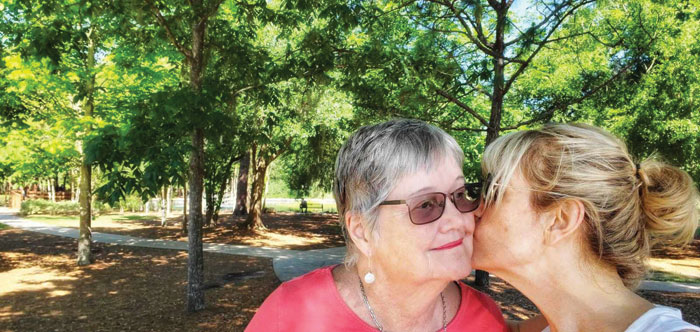
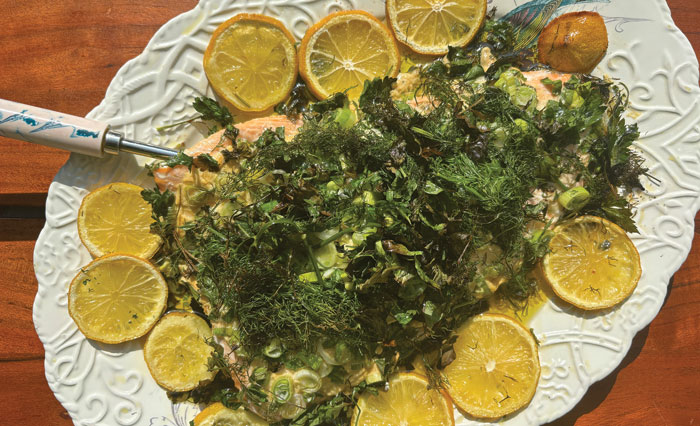
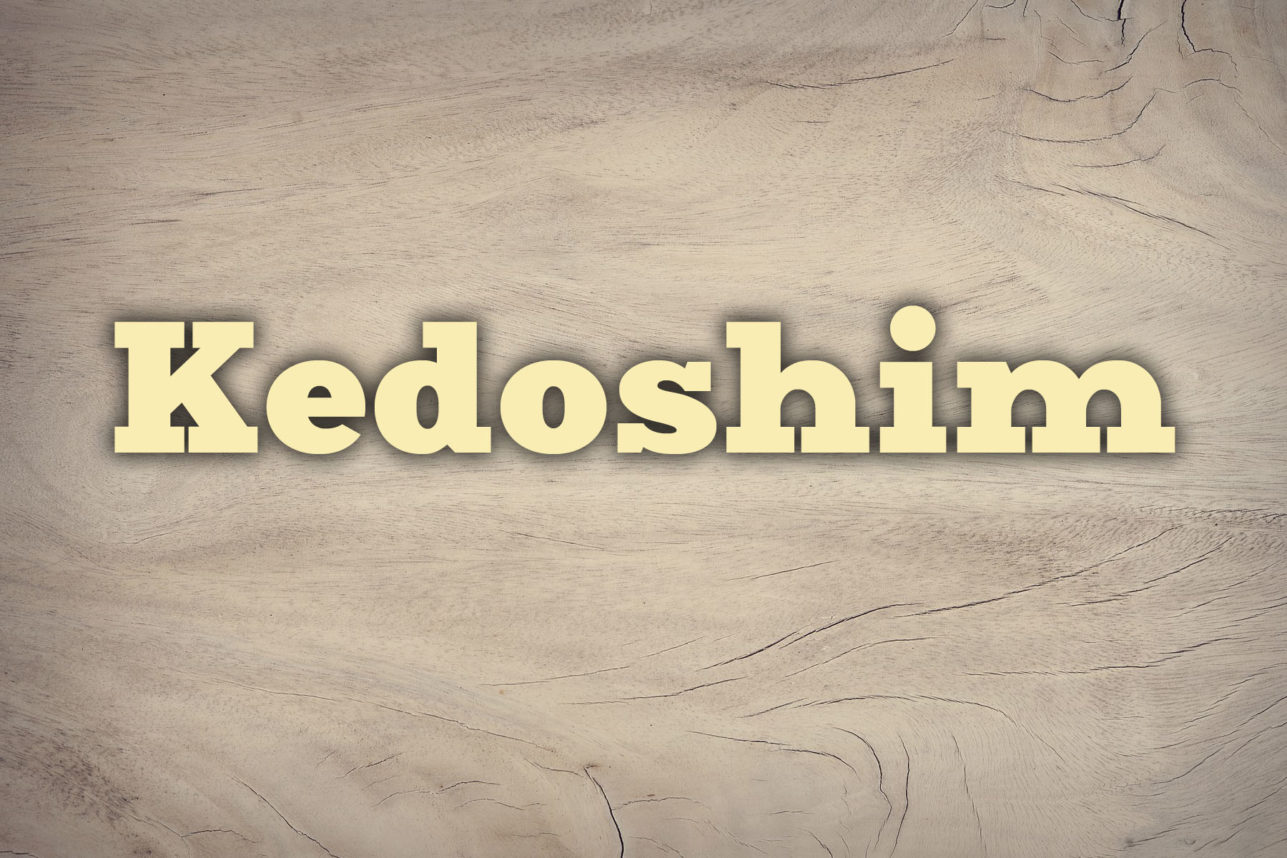
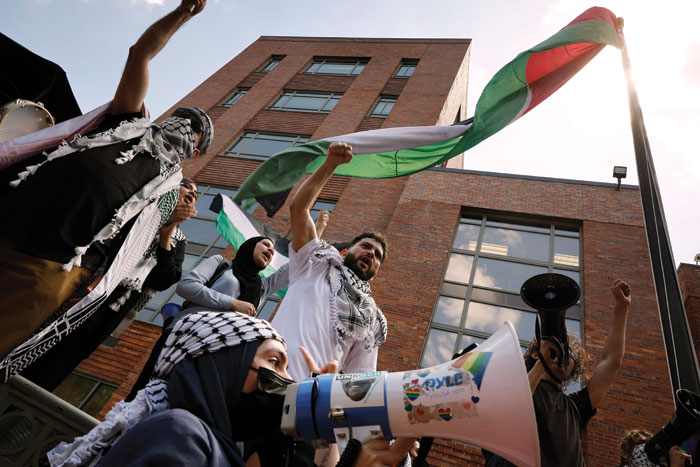

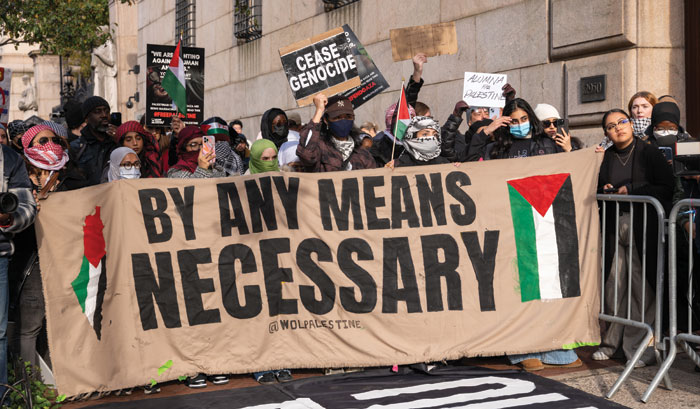
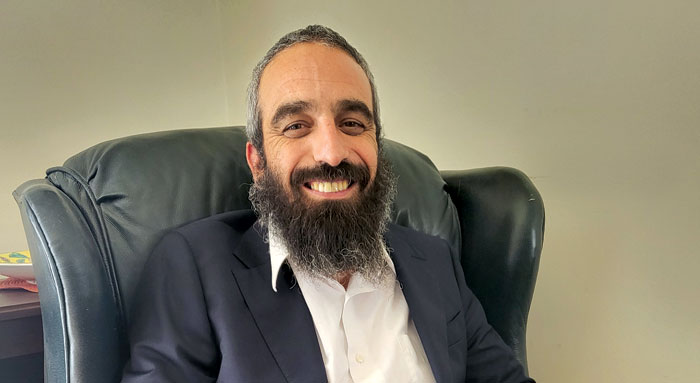
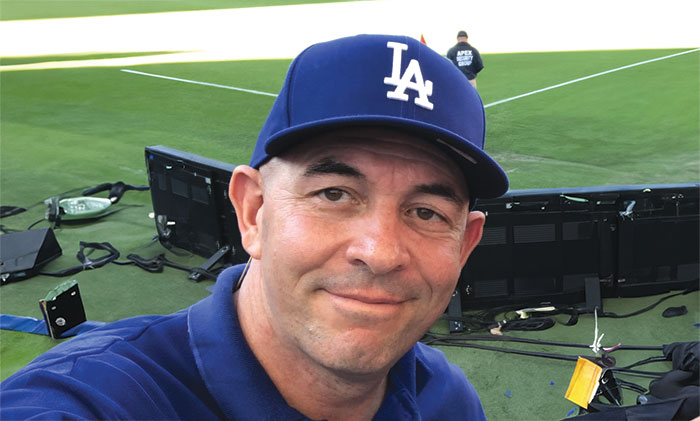





 More news and opinions than at a Shabbat dinner, right in your inbox.
More news and opinions than at a Shabbat dinner, right in your inbox.